How Much Does It Cost to Start Your Own Interior Design Business?
Learn how much it costs to start your own interior design business.
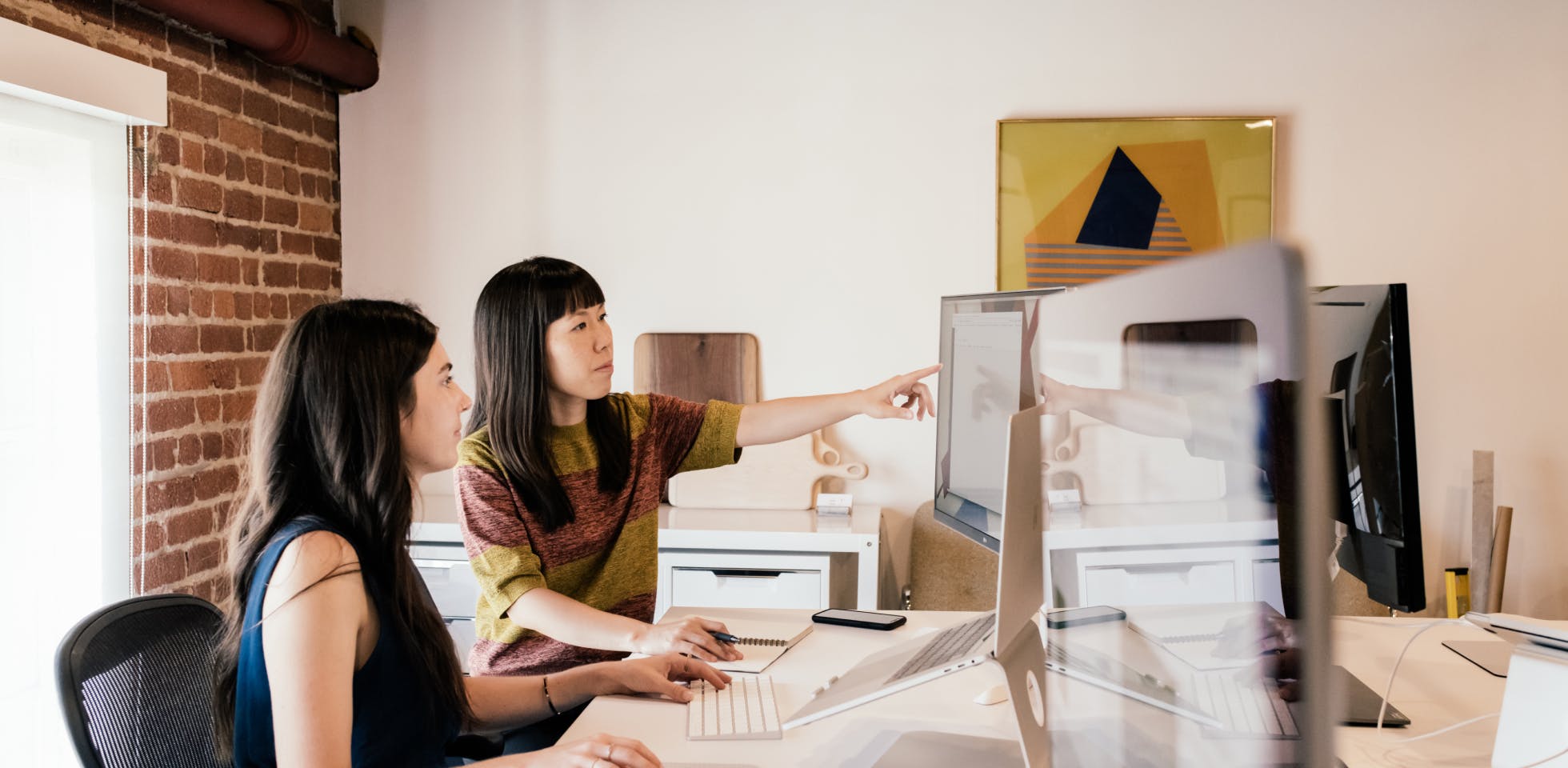
Thinking about starting up your own interior design business, but no idea how many interior design startup costs to expect? You’ve come to the right place. Here, we discuss how much it costs to start an interior design business, from the various business licenses that are a requirement, to other elements that are optional, giving you a clear picture of the road ahead, with no unwanted surprises.
Click a link to jump to the section you're most interested in:
Look out for our nifty saving tips on keeping startup costs down, as well as our useful hints on finding the best business management software that will set your business up for success from the outset.
Interior Design Startup Costs
The least you’ll spend on setting up an interior design business is $500, which will cover your essential insurance costs only. Alternatively, you can spend a few thousand dollars, which will cover things like website design, business cards, a lawyer, and an invaluable business management platform.
The next section breaks down the interior design startup costs for the different elements that are either essential or optional.
Interior Design Business Document Costs & Savings Tips
- DBA or Business License - First thing to note is that every state has different licensing laws, so check your state's requirements first. If you’re planning on operating a business under a different name other than your legal one, you may need to file a DBA document (Doing Business As) depending on which state you’re in. Registering a DBA can cost anything between $10 - $100 depending on paperwork and filing fees.
Money-saving tip: Your business name should reflect your service, so we recommend using your legal name as your brand, thus saving a DBA fee altogether.
- State licensure fees - For states that require interior designers to become licensed, including Nevada, Alabama and Florida, the most commonly recognized license you can obtain is the National Council for Interior Design Qualification (NCIDQ) license from the Council of Interior Design Qualification (CIDQ), which will cost under $2,000 for the application and exam fees.
Money-saving tip: If you’re planning to take the NCIDQ, plan your time so you can apply for all three exams in one go and only incur a one-time application fee of $225. If you apply for the other exams separately, the application fee will cost you $240. For more information around the NCIDQ, take a look at our article on How Much Does it Cost to Become an Interior Designer.
- Entity fees - There are various types of legal structures you can choose for your business depending on what suits your set up, with the cost to do so ranging from $300 - $1000. Sole proprietorship tends to be the most common for small interior design businesses, allowing the owner to take full responsibility of the company, as well as its debts. While you don’t have to pay any fees to become a sole proprietor, if you don’t have a legal entity set up, your personal assets could be at risk.
Another common type of entity is a LLC (Limited Liability Company), which aims to protect business owner’s personal assets against the company’s liabilities. Setting up a legal entity can be a minefield, so to avoid any costly mistakes, seek expert advice from an account or registered agent who can help you select the right entity for your company. Jolene Irons, Interior Designer at Cedar & Fig in Renton, WA, explains how hiring a registered agent was a surprise cost she hadn’t factored in. “I had no idea what a registered agent was until I set up my LLC. Basically, they act on our behalf; they cut communications. It gives you a buffer. If there’s any legal action, it goes to them versus coming directly to your home. I was shocked at how much that was per year, but it’s really something that you want.”

Interior Design Marketing Strategy Costs & Savings Tips
- Business logo - A recognisable custom-designed logo that represents your brand is a great way of making your business stand out from the crowd. Once you’ve nailed the design, you can use it on your website, social media account and business cards, making your brand look professional and interesting to potential clients. Top logo designers can charge anything from $25- $75 per hour, so it’s worth shopping around to find a designer that understands your brand’s ethos straight away and doesn’t spend too long getting it right.
Money-saving tip: If you have the time, and the will, try designing your own logo for free by downloading easy-to-use logo making software, such as WIX. Or perhaps put a call out on social media for a budding graphic design student to see if they’d like to take on the project as part of their college work.
- Interior design business website - Showcasing your work on a professional looking website is a great way for potential clients and collaborators to get a feel for your beautifully designed interior spaces. There are many different options to go with, from free website services that will allow you to put basic designs together, to spending a few thousand dollars on a bespoke site created by an experienced website designer. Another common route is to use a website design site where you can purchase a domain name and hosting for around $250 a year, and customize a smart interior design website that’s unique to you.
Money-saving tip: Look for an all-in-one platform, such as Houzz Pro, that not only offers business management software and tools, but can also create a professional website for your business and take care of the domain and hosting, saving you valuable time and money on your interior design business expenses, like multiple website subscriptions.
Don’t miss our article on How to Build An Interior Design Business Website.
- Business cards - This is not an essential interior design startup cost to be splashing out on if dollars are tight, however, business cards are a great way of getting your name about the local area, especially if you display them on community notice boards or in store windows. Prepare to pay between $50-$200 for custom-designed cards and printing costs.
Money-saving tip: Use a free business card website to create simple yet attractive designs, or get creative and make hand-drawn or crafted ones. Yes, this will take more time, but your unique designs will certainly grab-attention.
- Advertising - If you want to reach out to a wider audience, you could consider splashing out on a search engine, which averages between $1-$2 per click, and is great for reaching people who search for specific keywords, such as “Interior Designer + Your Location.” Social media ads are another option and cost an average of $0.94 per click, reaching potential clients who meet the specific criteria that you set, such as “Women 30 - 50, interested in interior design, live in your area.”
Advertising your business in local or national magazines is also an option, however, the reach isn’t as large as online advertising, and you are likely to pay anything from $250 for a small ad in a local publication, to a whopping $500,000 for an ad in a glossy national magazine.
Money-saving tip: Getting your projects featured as an editorial story on design websites, blogs and even in local or national magazines costs nothing, yet gives your brand tons of positive exposure. You could also offer your free services to magazines and websites as an ‘interior design expert providing valuable tips’, in return for a credit to cut down on your interior design business expenses.
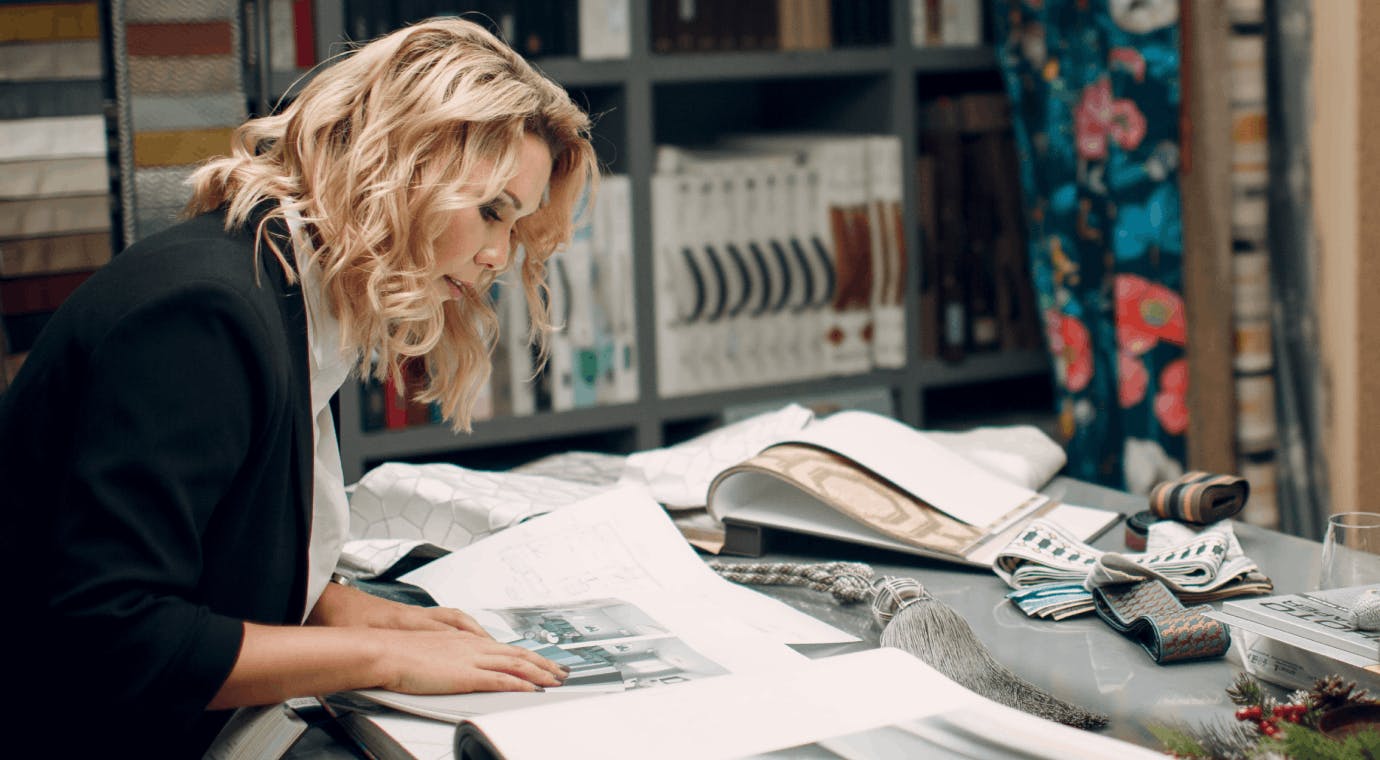
Interior Design Business Protection Costs & Savings Tips
- Insurance - It is mandatory to obtain insurance of some sort to protect you and your clients from things like injury while on site, or damage to expensive products. Jolene Irons, Interior Designer at Cedar & Fig in Renton, WA explains why insurance is a vital startup cost. “You’re going into other people’s homes and you’re touching their stuff. You don’t want to be held liable if something breaks or something goes wrong. You really should never operate without insurance, just like driving your car. It is definitely a chunk of change when you first start out, but then after two years it goes down if you don’t have any claims.”
There are a myriad of insurances to choose from depending on what works for you, such as cover for any physical damage, to policies that will cover your words and advice too. Expect to pay anything from $500 to $1,200 per year depending on the policy you choose.
- Attorney Fees - Hiring an attorney or lawyer to approve your contract will protect you and your clients is one of the most important interior design startup costs. They can also advise you on legal entities, licenses, and employment rights. Expect to pay between $300- $500 for consultation fees. Find more valuable information at How to Write an Interior Design Contract.
- Bookkeeper/Accounting - If numbers aren’t your thing, or you’d simply like to concentrate on the more important jobs, like drumming up more clients, then hiring a bookkeeper to keep track of your accounts is a good investment. The average hourly rate of a bookkeeper is $22. If you want to do your own bookkeeping, there are accounting softwares available that offer basic invoice and estimate packages from just $4.99 per month for businesses getting started.
Money-saving tip: Hire the help of an all-in-one platform, such as Houzz Pro, and save money on expensive accountancy fees. Keep your finances organized with Houzz Pro invoices and direct payment tools, which will make complicated accounting a thing of the past.

Interior Design Business Management Software Costs & Savings Tips
There are a whole host of software tools available to help interior designers manage their business successfully and efficiently, freeing up time for the important things, like creating designs and generating potential leads. The cost of a business management software subscription varies widely depending on the services it provides, ranging from $5 per month to $150 per month. However, if you’re looking for a one-stop business management software that does it all, from creating proposals and website designs to 3D floor plans, Houzz Pro is the answer. This one simple solution is your secret to attracting and winning new clients, maintaining a smooth flowing and profitable business, and guaranteeing a five-star customer experience.
Here are some important features to look out for when choosing an interior design software:
- Specifically made for interior designers - Features such as drawing tools, moodboards and augmented reality 3D floor plans will give you the edge when it comes to winning projects, as you’ll be able to impress clients with clear visuals of their future home and make them fall in love with your vision.
- Ease-of-use - Your time is precious, and the last thing you need is a software solution that is time-consuming and frustrating. Pick a product that is simple and user-friendly, and look out for software that offers free trials so you can try it out before committing.
- Cloud-based access - Software that is online or cloud-based means all your projects are saved and can be accessed from anywhere. This is an incredibly useful feature when you are out and about on site visits or meeting clients.
- All-in-one solution - To make things as easy as possible when you are starting out, look for a single platform that does everything from website hosting to project managing. Houzz Pro will help you build your brand, generate leads and streamline your processes all in one place.
- Client/vendor/subcontractor shareability - Choosing a software that allows you to share project information, files and updates with employees, subcontractors and clients is a winning feature that every interior designer should look out for.
- Support for interior design deliverables - Pick software tools that help you create proposals twice as fast, stay on top of purchase orders, and invoice with ease so you get paid quicker.
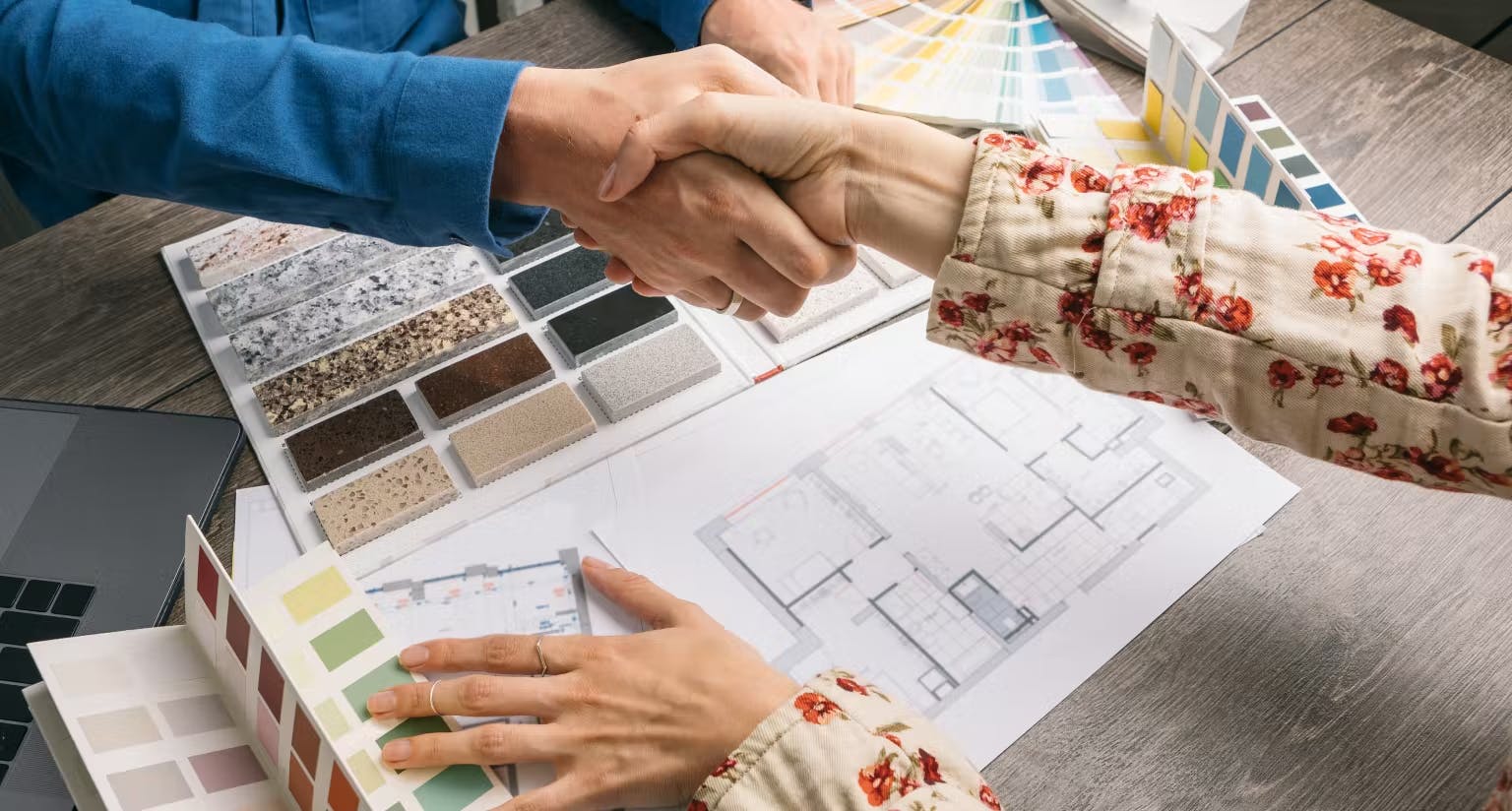
Despite technology costs being the number one most expensive interior design startup cost, according to a survey of interior designers conducted by Houzz in 2022, savvy software specifically made for interior designers, will help you stand out from the competition, bring your designs to life and ensure your business flows smoothly and efficiently. In fact, more than half of renovating homeowners (63%) consider it important for the interior designer they hired to use technology while managing their project. Thinking through your tech needs early on can help you budget for these expenses.
Continue gathering information until you have a firm grasp of how much it costs to start an interior design business. Reading articles like How to Get Funding For A New Interior Design Business, and signing up for a tree trial of Houzz Pro to explore our business management tools for interior designers, will help get your startup off on the right foot.

Want advice delivered to your inbox?
Unlock industry insights and updates for contractors and design pros
By signing up, I agree to the Houzz Terms of Use and Privacy Policy and that Houzz may use my information to contact me about relevant content, products, and services.





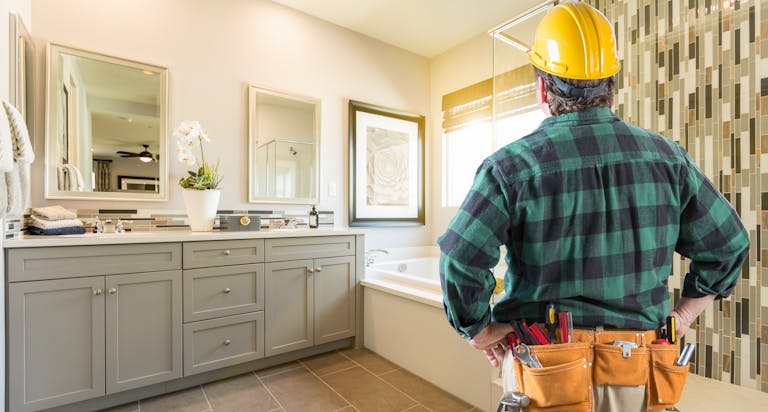






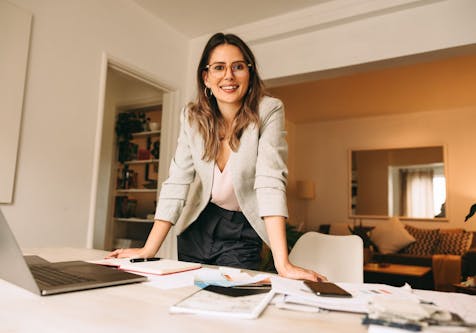
Join the conversation by commenting or asking a question below. The Houzz team reads every single comment, and we’ll get back to you by email if you need us!